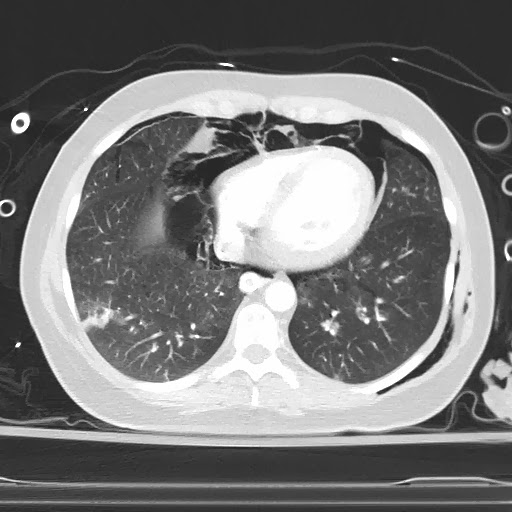

It may be of a concern for a complicated orthopedic procedure. The use of a bowtie filter can homogenize the photon flux at the detectors and reduce radiation to the patient in those peripheral regions of the body.Ĭonclusion: The Airo with a flat filter delivers relatively more radiation to patient especially to the skin. The dose distribution across the body phantom is more homogeneous in the Confidence than the Airo. The P/C ratio for the Confidence is 2.11 at 120kV. For the Airo, the P/C ratios are 4.83, 4.03, 3.64 for 80kV, 100kV, and 120kV, respectively. The higher P/C ratio in the Airo is due to the beam-shaping filter where a flat filter is applied, while a bowtie filter is used for the Siemens Confidence. Results: The x-ray quality is comparable (6.85 vs. For comparison the same experiment was repeated in a Siemens Confidence. The image uniformity between the center and edge was analyzed. The center and peripheral CTDIs were measured with a 32-cm body phantom for 80kV, 100kV, and 120kV. All measurements were normalized to the measurement at the iso-center. The measurements were made with 2cm intervals between them for 120kV, 192mAs using service mode. For the assessment of the beam-shaping filter, exposure was measured under service mode with a RaySafe R/F detector in 14 lateral positions starting from the iso-center. Methods: We measured the HVL at the iso-center to verify the x-ray beam quality. This study is to investigate what causes the ratio difference and how it impacts radiation dose and image quality. For the Airo mobile CT, the P/C ratio is approximately 4. In the future, it remains to be evaluated if the accuracy rates and intraoperative workflow will permit its application in deep brain stimulation and other functional procedures as well.ĪIRO® Biopsy Intraoperative CT Intraoperative imaging Stereotactic surgery.Purpose: For a conventional CT with a 32 cm body phantom, the ratio between the peripheral and the center CTDI measurement (the P/C ratio) is close to 2. Background: A new intraoperative mobile device, called Airo computed tomography (CT), is becoming increasingly used in surgery adding to the current most widespread intraoperative imaging in form of the O-arm CT device. We conclude that the AIRO® system is a safe, easy-to-use, and sufficiently accurate iCT for CT frame-based stereotactic biopsy planning that results in a considerable reduction of surgery time. The indications for AIRO (®) were based on the surgical region, anatomical complexity and the need for >3 segment instrumentation. Net surgery time was reduced by 38 min, on average. Methods: AIRO (®) iCT was used for navigated posterior spinal instrumentation of 170 screws in 23 consecutive patients operated on in our Department between the first use of the system in May 2014 and August 2014. A conclusive histological result was obtained in 46 of the 50 cases included. The MRI/iCT image fusion was feasible in all of the studies. The frame-based stereotactic iCT was easy to implement and successfully accomplished in all patients. After fusion of the preoperative MRI and AIRO® iCT, the stereotactic system was built based on the iCT, and trajectories were calculated accordingly. The imaging data were transferred to a conventional stereotaxy working unit. Here, we report the first 50 patients who underwent stereotactic biopsies using the mobile AIRO® intraoperative CT (iCT) scanner.Ī conventional stereotactic frame was mounted to the AIRO® carbon table via carbon adapter. The intraoperative transport of the anesthetized and intubated patient to and from the CT unit can be time-consuming and cumbersome. It generally follows a workflow including preoperative MRI and intraoperative frame-based CT.

In frame-based stereotactic surgery, intraoperative imaging is crucial.


 0 kommentar(er)
0 kommentar(er)
